Announcing Fabio Mauri’s Catalogue Raisonné
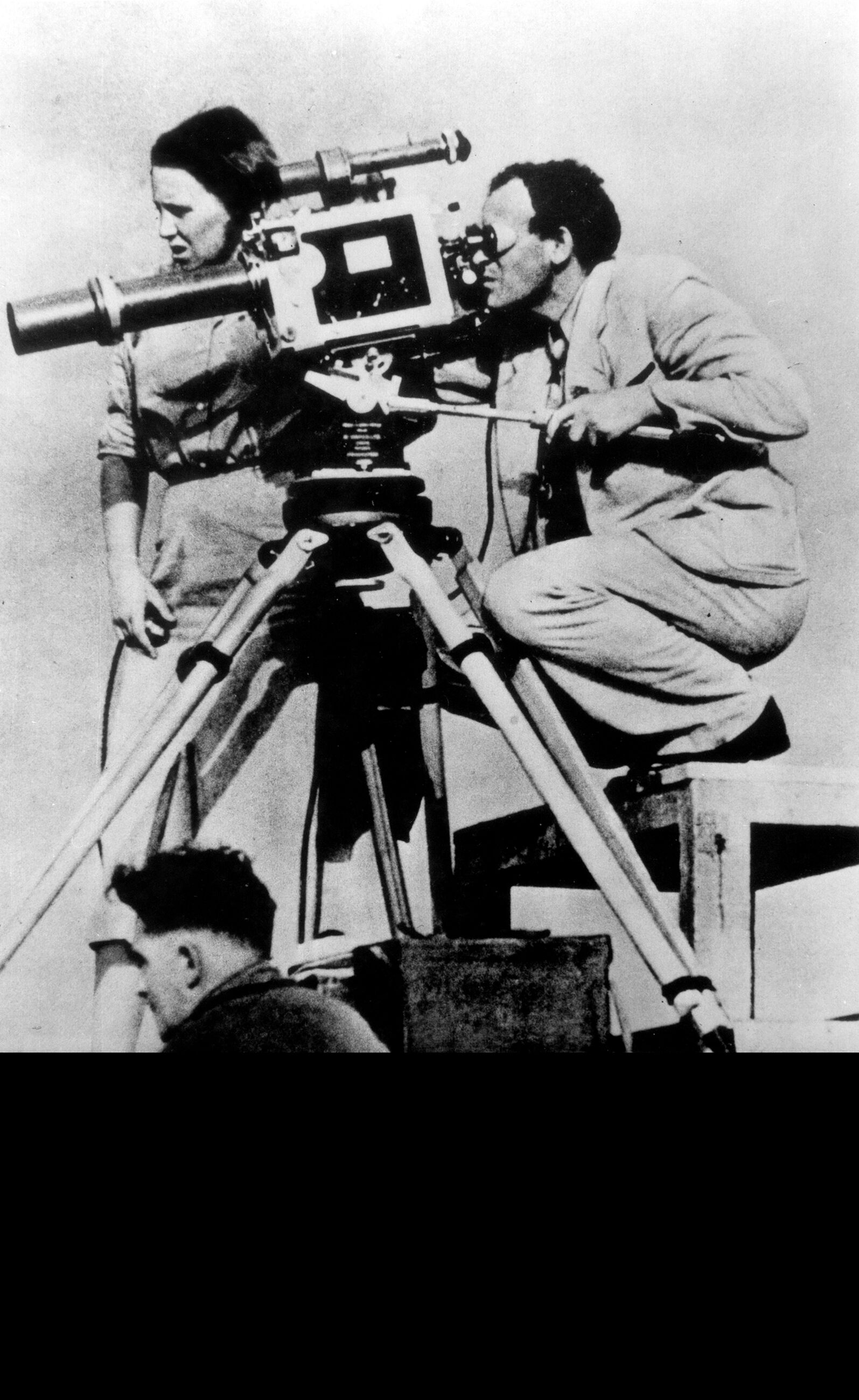
Fabio Mauri, Filmano tutto (They film everything), 1975, from the series Manipolazione di cultura (Manipulation of Culture). Courtesy the Estate of Fabio Mauri
Announcing Fabio Mauri’s Catalogue Raisonné
Studio Fabio Mauri are proud to announce the launch of the Fabio Mauri Catalogue Raisonné on the centenary of the Italian artist—one of the first in art history to be entirely published online. Released on 13 October 2025, just a few months before the centenary of the artist’s birth, the digital version of the catalogue raisonné of Mauri’s work precedes the print edition that will be published in 2026.
The Italian catalogue will be published by Allemandi Editore, while the international English edition will be published by Hatje Cantz. The digital catalogue will be launched before the print edition in order to solicit potentially new information about works by Mauri that may be included in the print version.
While many catalogues raisonnés have been published partly online, this is one of the first catalogues raisonnés to be published online in its entirety, in order to provide wide public access to the artist, his art, and his ideas. Launch the catalogue raisonné initially in a digital version is appropriate to the nature of Mauri’s practice, which envisaged and explored the power of screen-based experience in art and society as early as in the 1950s.
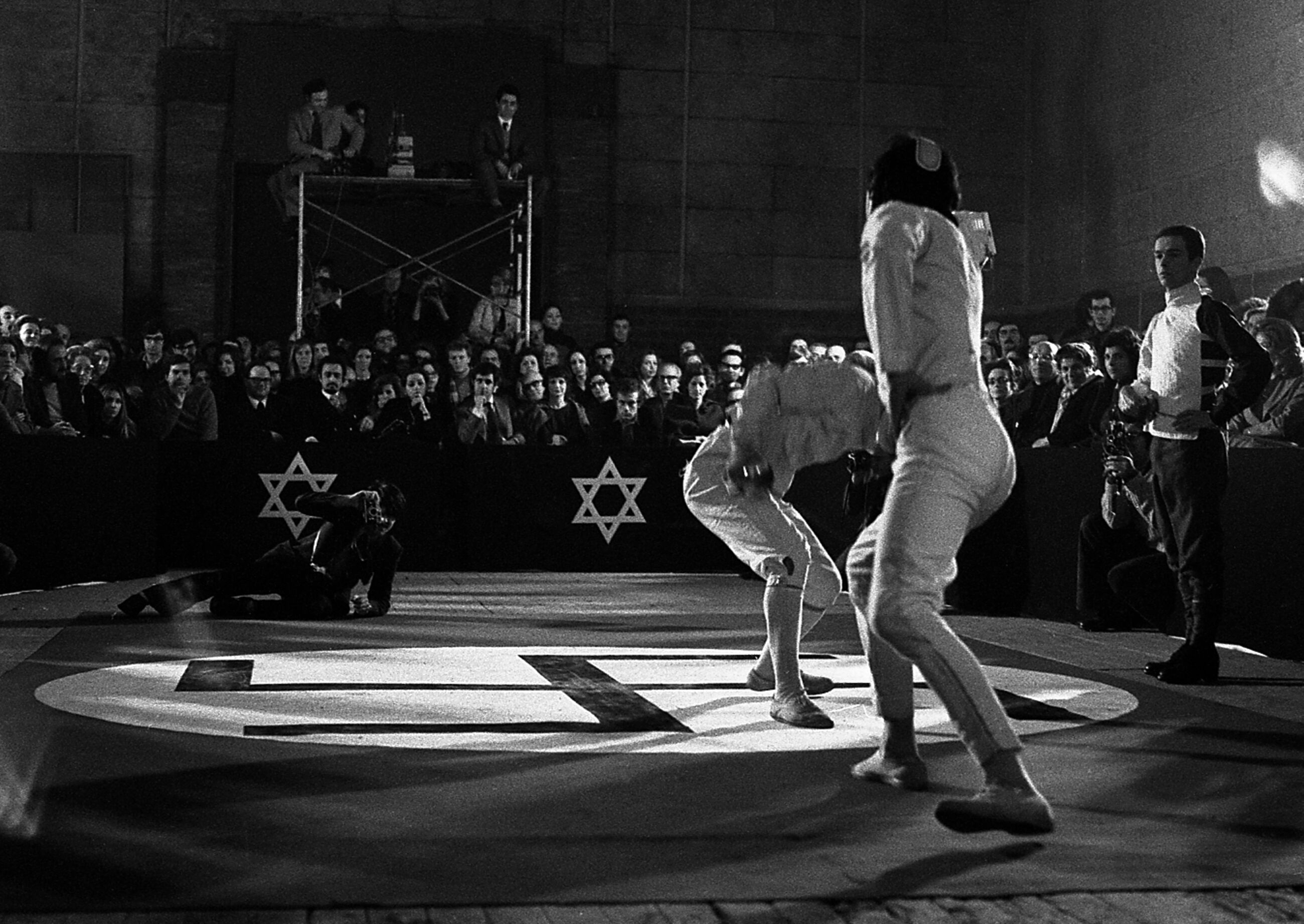
Fabio Mauri, Che cosa è il fascismo (What is Fascism), 1971 (photograph of performance). Courtesy the Estate of Fabio Mauri. Photo: Marcella Galassi
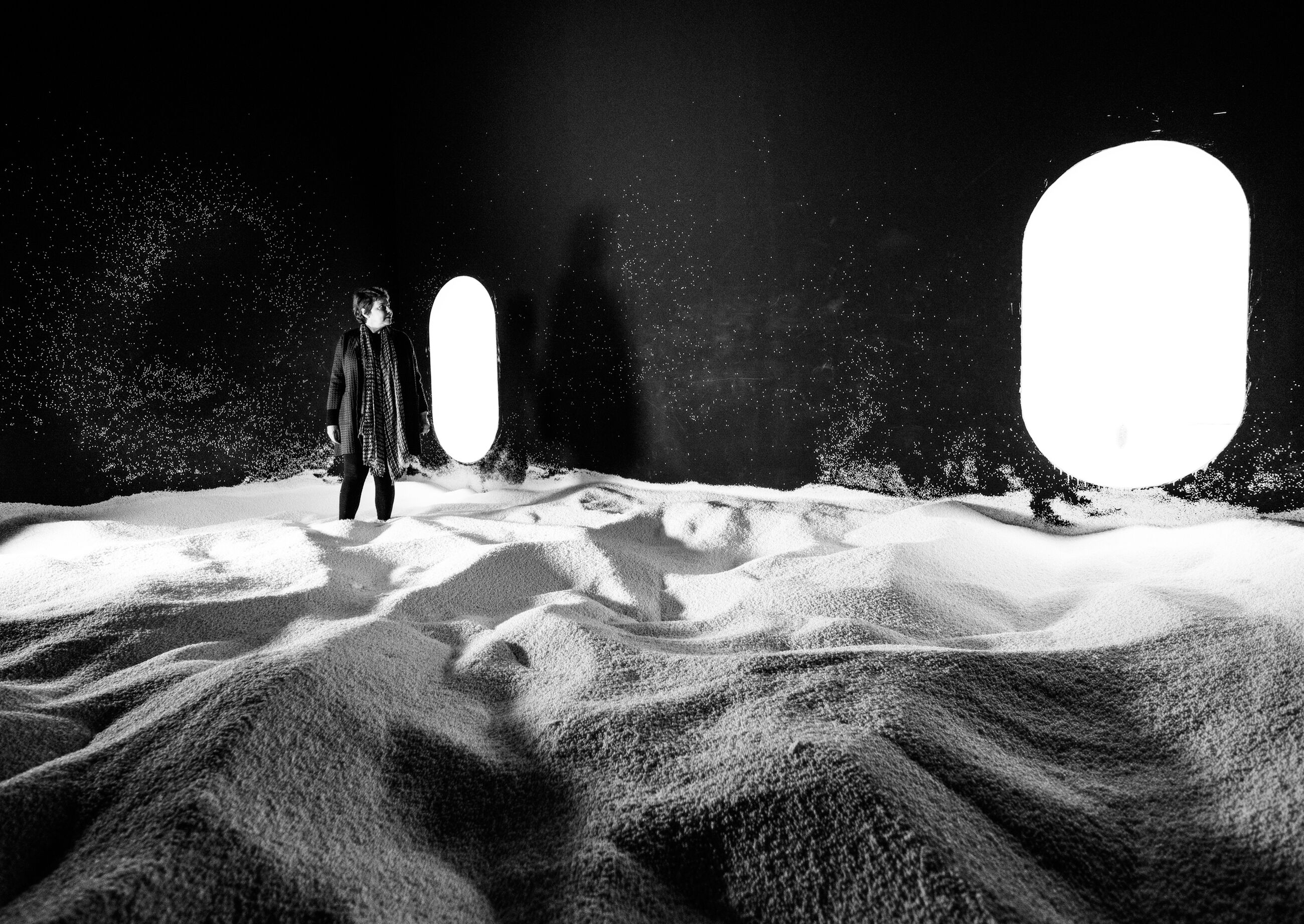
Fabio Mauri, Luna, 1968 (installation). Courtesy the Estate of Fabio Mauri. Photo: Yuma Martellanz
‘This catalogue raisonné of works by Italian artist Fabio Mauri comprises over 3,600 entries and constitutes the most comprehensive study of the artist’s oeuvre to date,’ says editor Carolyn Christov-Bakargiev. ‘One of the leading figures of the post-war Italian avant-garde, Mauri was a multifaceted figure—visual artist, writer, educator, publisher—whose work is distinguished by its prophetic insights into the power of the screen in contemporary society. His paintings, sculptures, installations and performances were based on research into the formation of ideology, historical trauma and personal memory, and the manipulation of communication technologies in the rise of 20th-century Fascisms.’
‘In my dual role as President of Studio Fabio Mauri—Associazione per l’Arte L’Esperimento del Mondo and nephew of the artist, I am happy to introduce this catalogue, the culmination of a journey that has lasted, one might say, at least a century,’ comments Santiago Mauri. ‘It has been a daily and meticulous task with the aim of passing on Fabio's oeuvre as faithfully as possible from belonging only to direct witnesses—our family and his friends—to becoming a historical and art historical point of reference that many can explore, study and enjoy.’
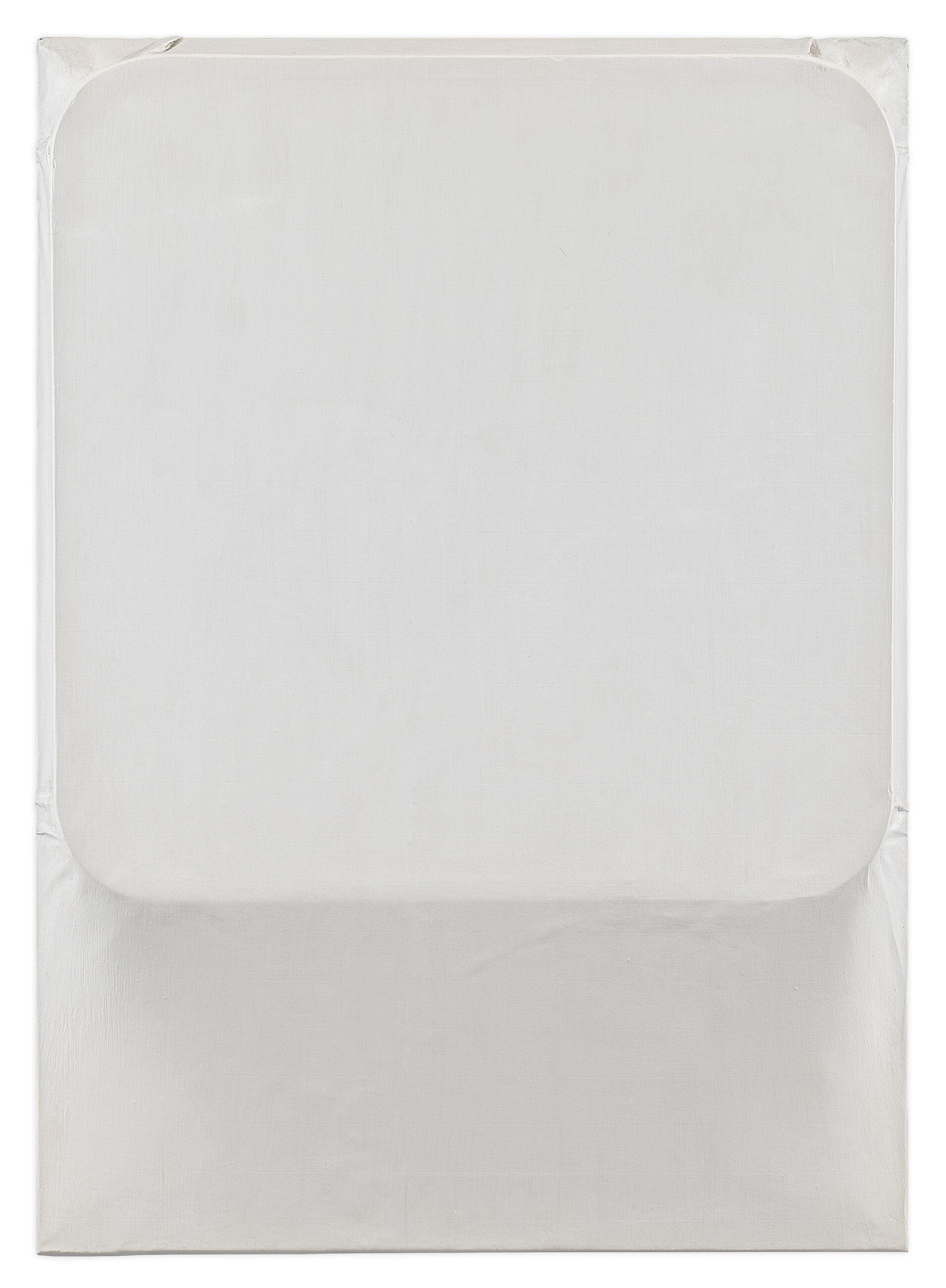
Fabio Mauri, Schermo (screen), 1958. Courtesy the Estate of Fabio Mauri
The result of many years of cataloguing the works and research strands of the artist and intellectual, and edited by Christov-Bakargiev, the catalogue consists of images and descriptions of over 3,600 works and is accompanied by an introductory essay by Christov-Bakargiev, the scholarly editor of the volume. The catalogue also features new essays by other members of the Comitato Scientifico of Studio Fabio Mauri—Associazione per l’Arte L’Esperimento del Mondo (the official archive of the artist that represents the Estate): the scholars Laura Cherubini, Francesca Alfano Miglietti and Andrea Viliani, as well as an unpublished interview with Mauri by Hans Ulrich Obrist and testimonials from other authors.
The catalogue includes all of Fabio Mauri's works that have been found to date in public and private collections, as well as ephemeral, destroyed or lost works, for which it has been possible to reconstruct a comprehensive record based on photographs and documents from the artist's studio or found in libraries, collections, and public and private archives. Also included are all those other materials such as diaries, notes, architectural installation models, drafts of essays and lectures which—although not strictly belonging to the visual and performing arts—are considered significant for understanding the breadth of the artist's work.
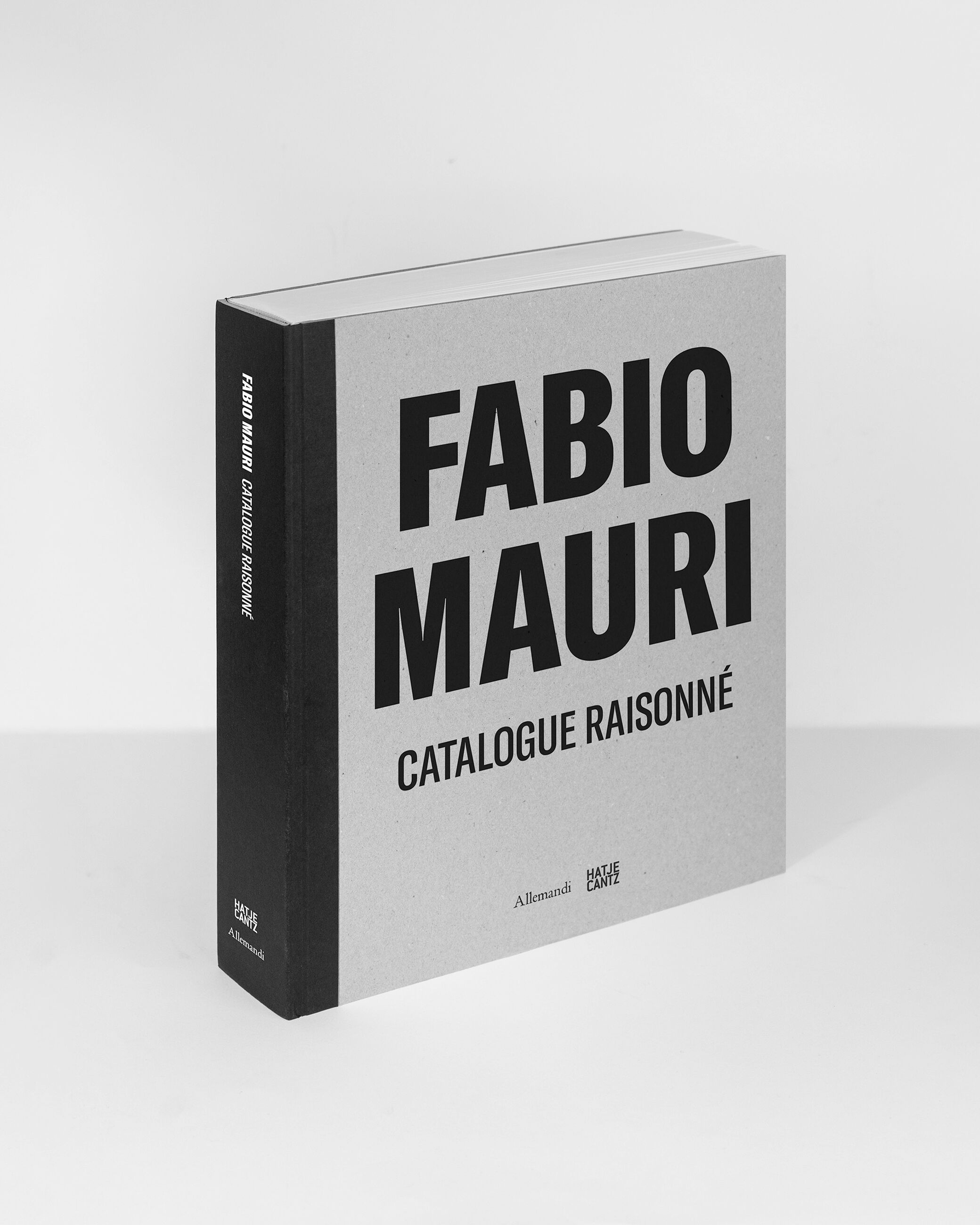
The print edition of the catalogue raisonné, edited by Carolyn Christov-Bakargiev, will be published in 2026
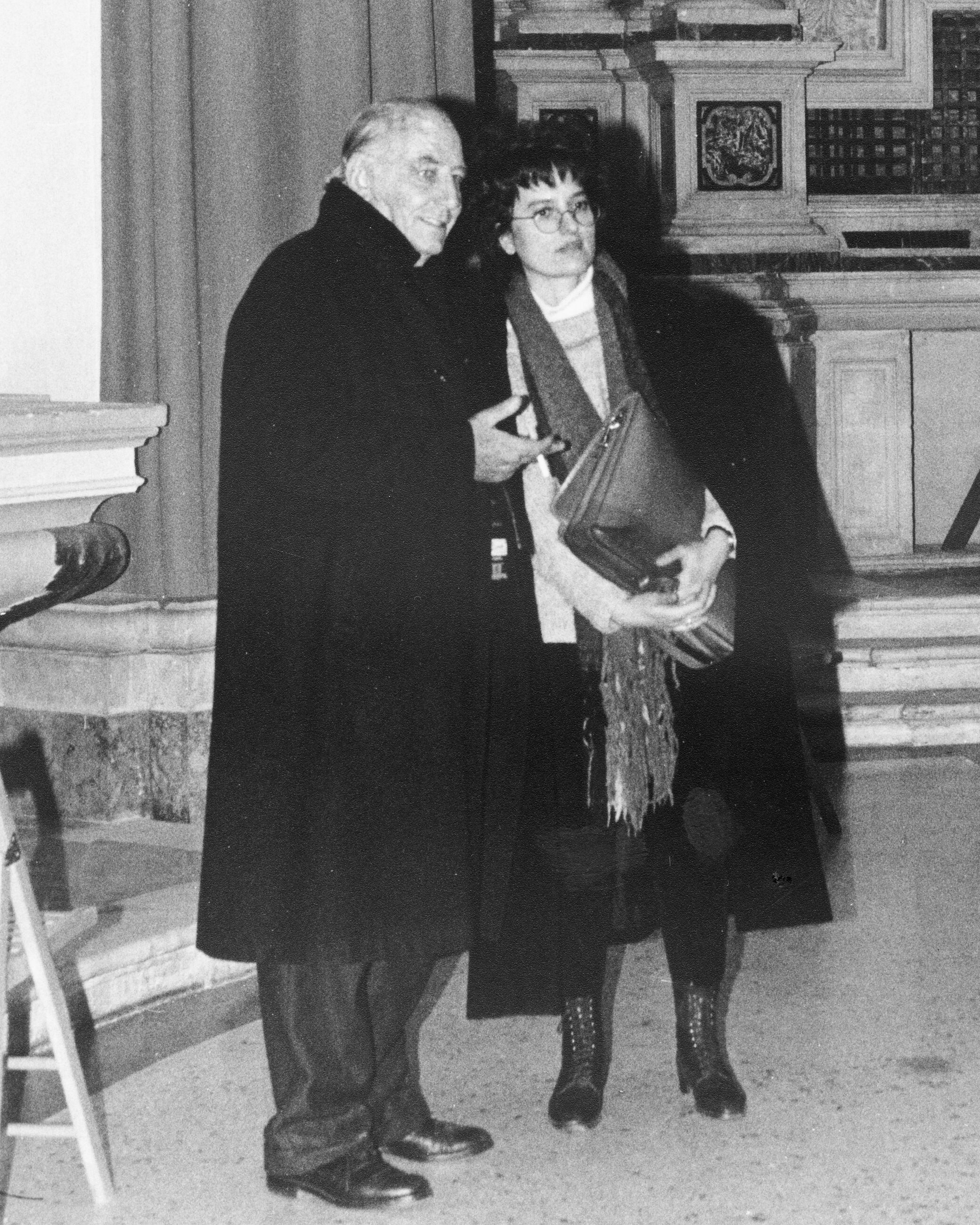
Fabio Mauri with Carolyn Christov-Bakargiev, Church of St. Caterina, L’Aquila 1994. Courtesy the Estate of Fabio Mauri and Carolyn Christov-Bakargiev
‘Fabio Mauri was a mentor and friend to me, a mature man whom I approached in the early 1980s on the suggestion of publisher Giancarlo Politi, asking him to explain the truth between art and the world to me, when I was writing an essay commissioned on the relationship between art and politics,’ says Christov-Bakargiev in the introduction to the Catalogue Raisonné. ‘We became allies in research and never stopped talking until his death. For me, and for the Italian art world, Mauri was not part of any movement; he was an artist who mainly used black and white to create works that were not self-expressive but conceptual and scientific observations of history, light and darkness and the way good and evil can present themselves in the same interchangeable guise. Extremely precise in method and form, almost as if the work were an experiment conducted in a physics laboratory, Mauri presented reality ‘as it is’ to the viewer and revealed its mysterious cruelty, which he explored from philosophical and theological perspectives.’
–
Learn more about the digital catalogue raisonné.
Learn more about Fabio Mauri.
The artist’s centenary in 2026 will be marked with several exhibitions, including ‘Fabio Mauri. De Oppressione’ at the Milan Triennale, a retrospective at the MAMbo Bologna in early 2027, as well as MUDAM Luxembourg in Spring 2027.
A series of talks and events to launch the catalogue raisonné are planned from December 2025 through 2026, starting with a presentation of the catalogue by Christov-Bakargiev on 10 December 2025 at Milan Triennale.
Related News
1 / 5




